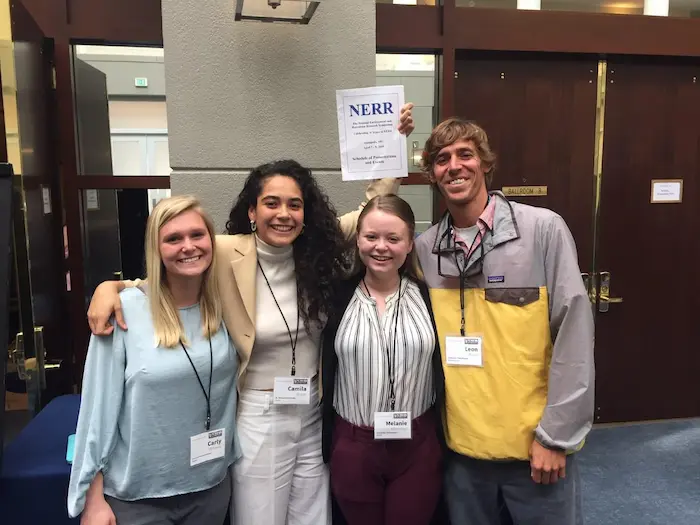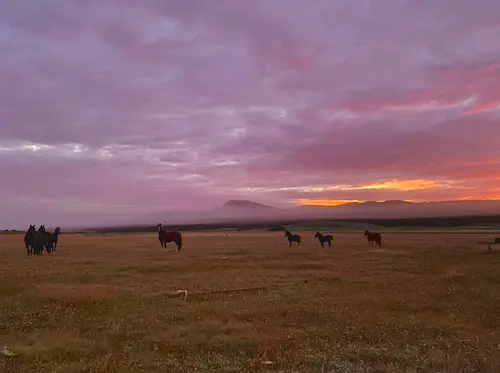SFS Panama in TCI!
Hola! This is a guest post, as I am normally the lecturer in Tropical Coastal Ecology for the SFS Center for Tropical Island Biodiversity Studies in Bocas del Toro, Panama. I was given the opportunity to visit the TCI campus for two weeks during Summer Session II, and I have had a great time learning from both the faculty and students here – and of course enjoying the beautiful scenery above and below water.
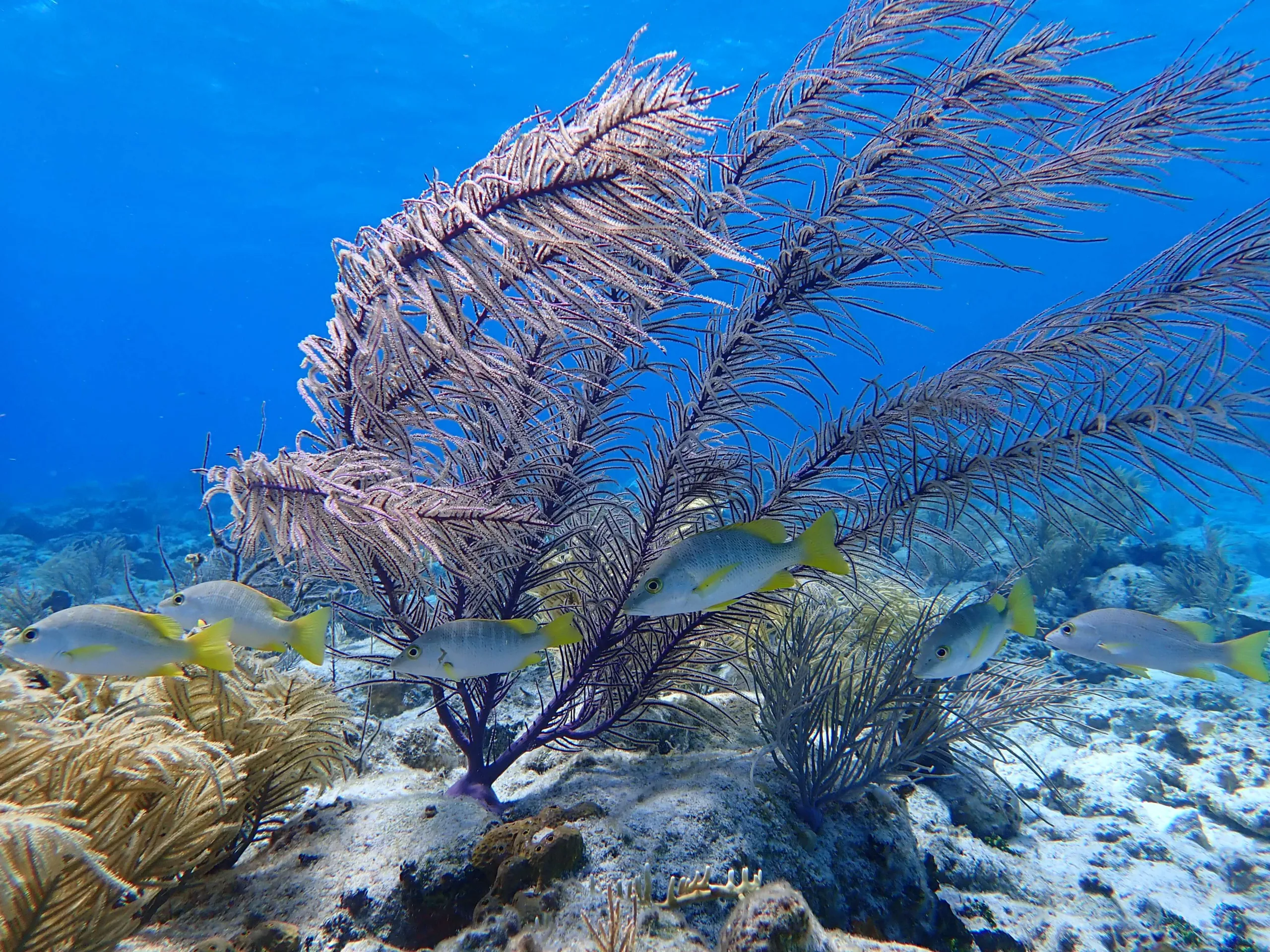
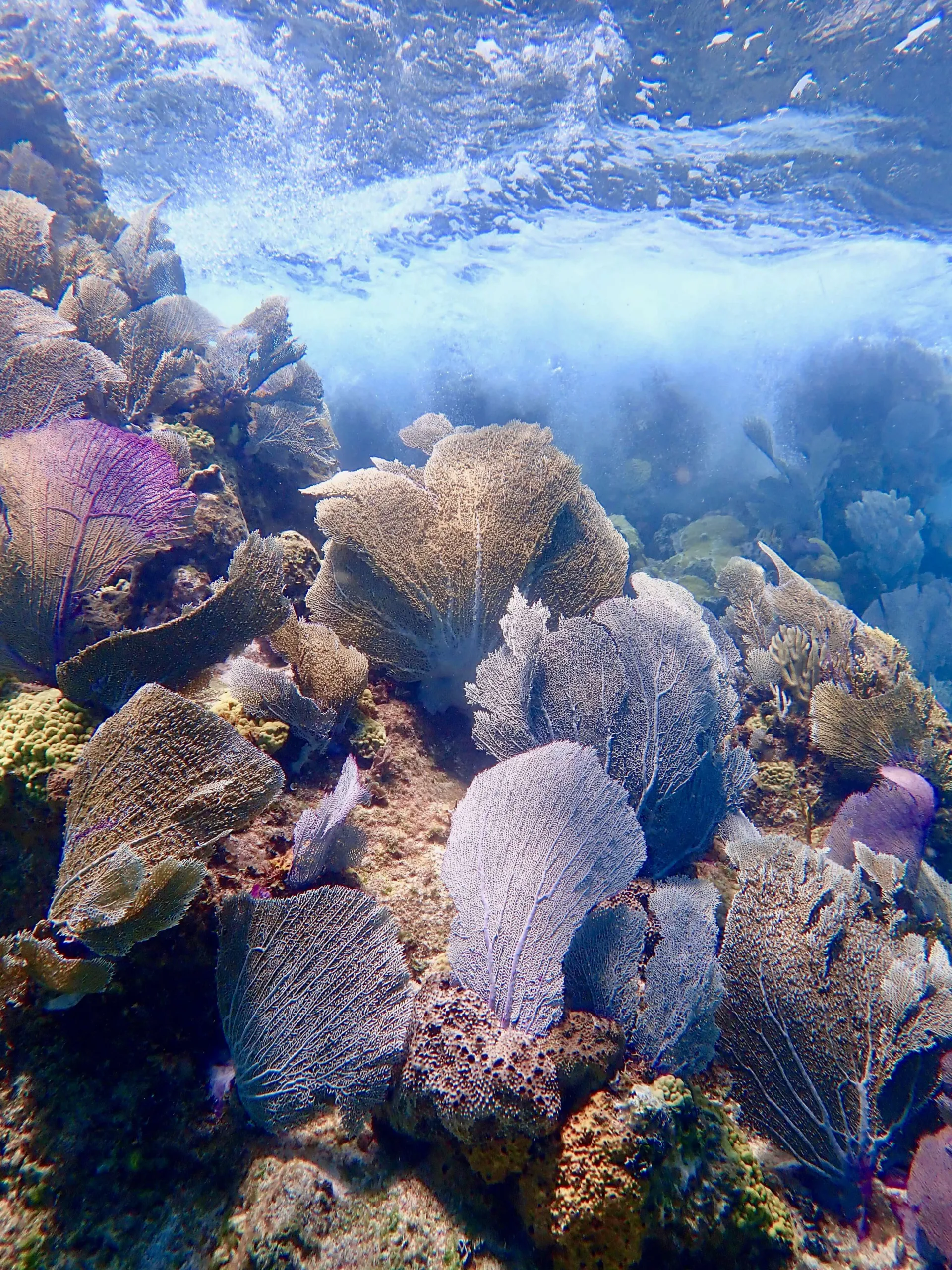
I picked a great week to arrive – the students just received their briefing on how to conduct photo-identification surveys of spotted eagle rays and sea turtles and were gearing up to get into the water. After several days of dive and snorkel surveys, Professors Fran and Ev gave a workshop on how to use the photo identification software I3S and students used this program to annotate the photos and match individuals among sites as well as to a database of individuals identified in past years. These data are currently being used by students to create a poster outlining considerations for either ecotourism or management of eagle ray and sea turtles in South Caicos.
There is never just one thing going on at SFS, so as we wrap up the photo-ID FEX – or Field Exercise – we are also starting to collect data for the BRUV FEX. BRUV stands for baited remote underwater video and is essentially a metal frame with a camera aimed at an arm where a canister of bait can be attached. We are deploying these each day at three sites near campus to obtain data on the abundance of sharks and rays in South Caicos.
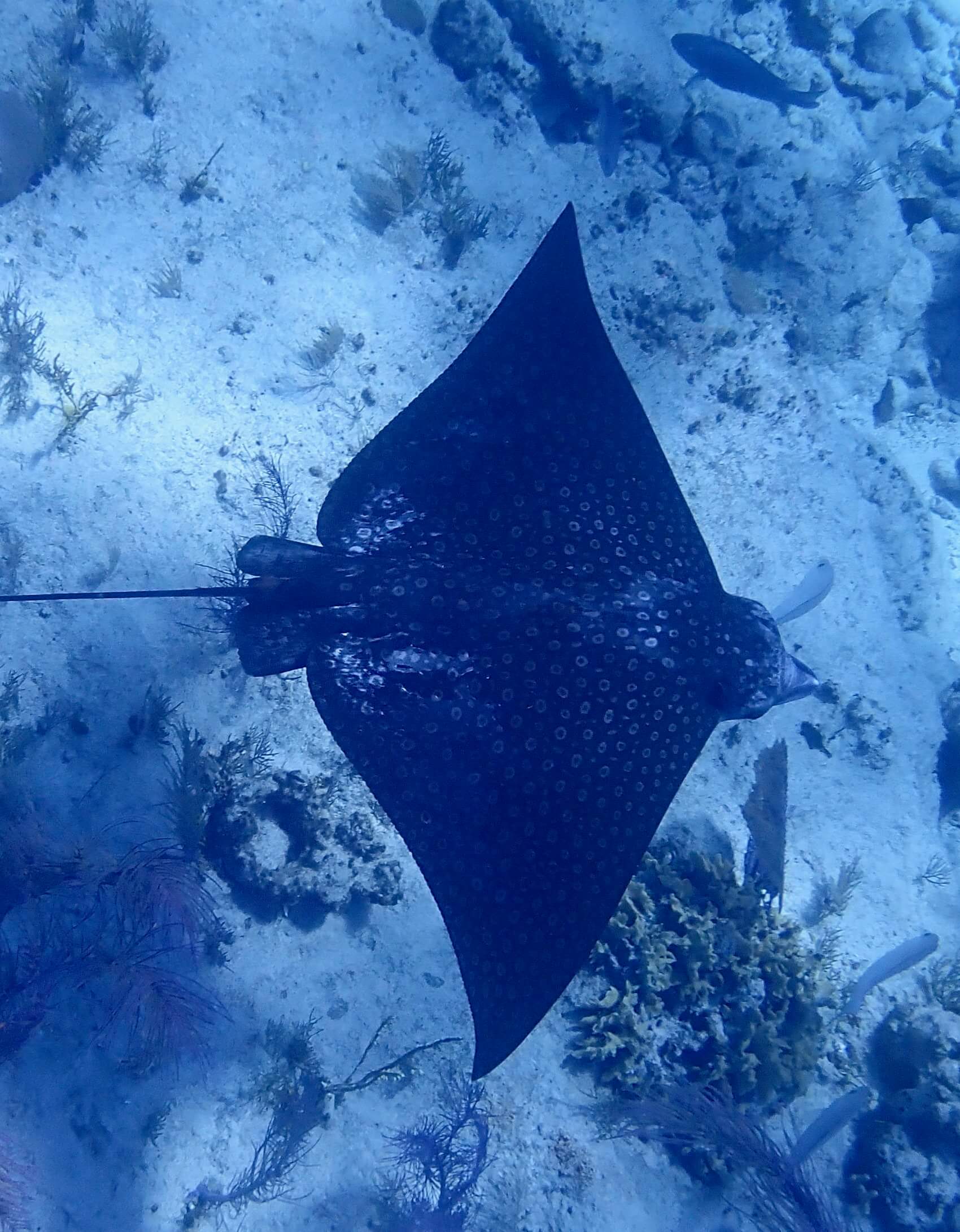
I have enjoyed getting to participate in these research projects and also having the chance to observe a new marine ecosystem. Many of the species of corals and fishes I have seen are familiar and we also find in our reefs in Bocas del Toro. However, despite the fact that both sites are tropical islands, they also have some differences. South Caicos receives about 55 cm of rainfall annually; Bocas del Toro receives 345 cm! South Caicos is 370 km from the nearest large body of land (Dominican Republic); Isla Colon is less than 10 from the mainland of Panama. These differences especially affect the nutrient runoff into the area and therefore the types of life it best supports. Turks and Caicos Islands are known for clear, turquoise water that house nutrient-efficient coral reefs, and deep nearby waters that bring megafauna close by. Bocas del Toro on the other hand, has a great mix of habitats: small mangrove islands with roots covered in colorful sponges spot the waterway just inland of our main islands, whereas the ocean-facing sides of islands are more similar to the reefs seen here in TCI.
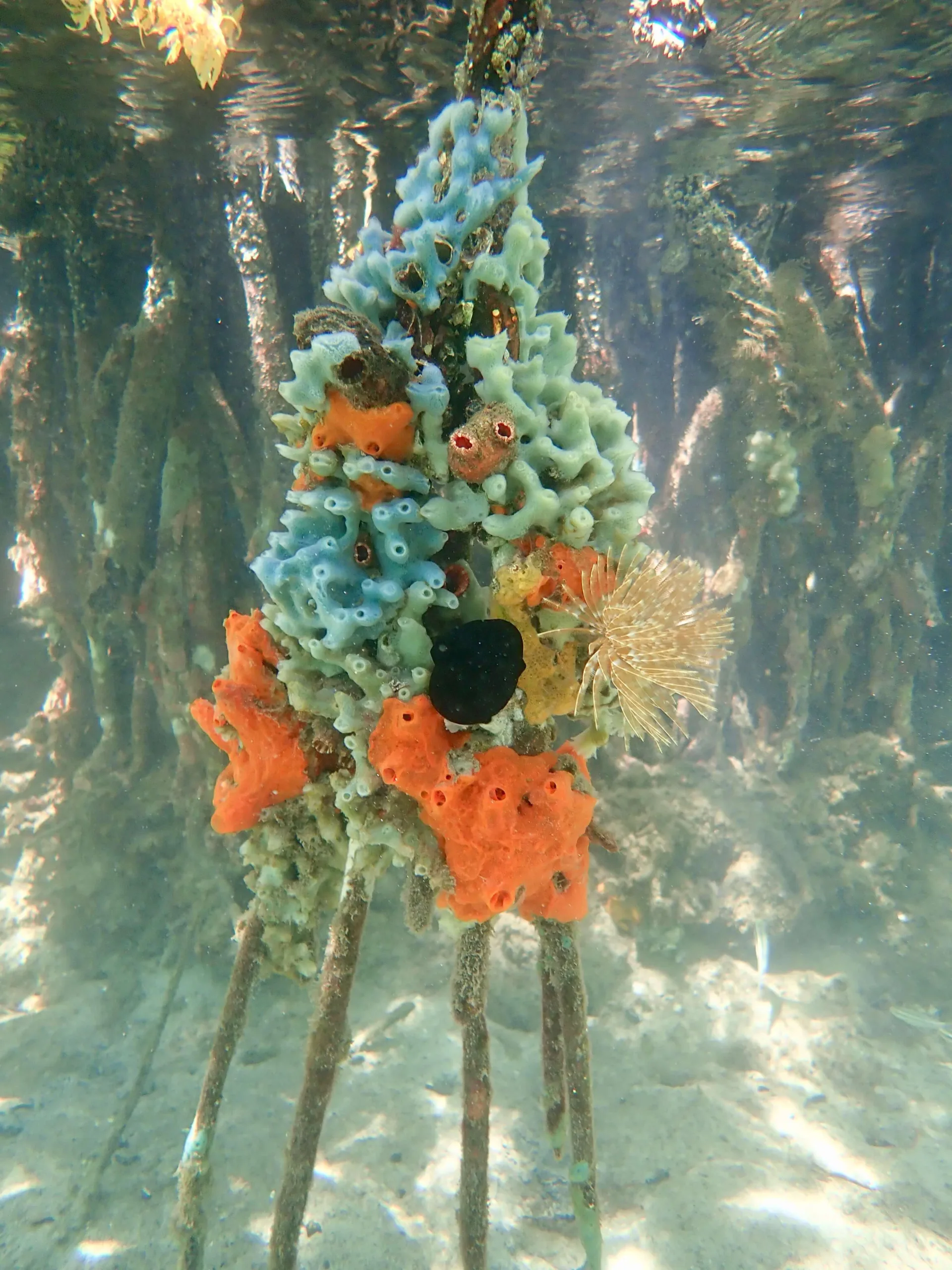
Just like the ecosystems in which they are located, the centers at TCI and Panama are each unique but serve the same purpose. TCI is the only SFS center that is fully focused on the marine environment, whereas Panama is home to what we lovingly call the “surf-n-turf” program, examining both the coastal and terrestrial ecosystems. Regardless, both programs educate passionate and enthusiastic students about the organisms and habitats in the area, the issues they face, and how to conduct research and conserve what we all love and came here to study. The campuses are set up a little differently, but students all come together in the common areas to work on group assignments or play games in the evenings. Professors and students share stories over group dinners cooked by loving kitchen staff. And of course, everyone’s favorite part of the day is when they get to go out into the field and conduct research!
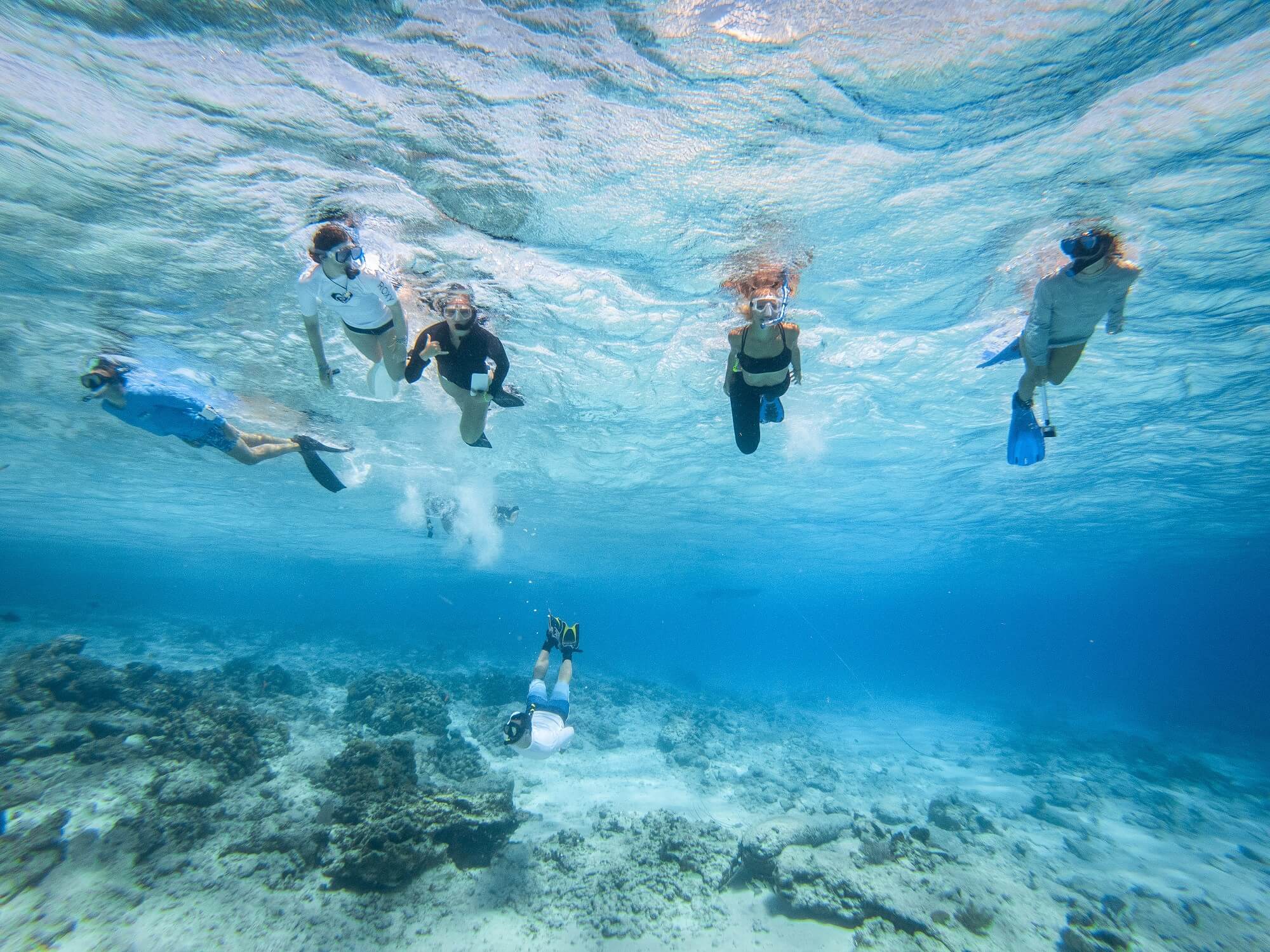
Photo courtesy of John DeBuysser
I have enjoyed getting to learn from the knowledgeable staff here at TCI and have gotten great ideas to incorporate into my class back in Panama. It is great to be reminded of how many passionate people work for and study with SFS and the larger community that we all belong to when we join the SFS family.
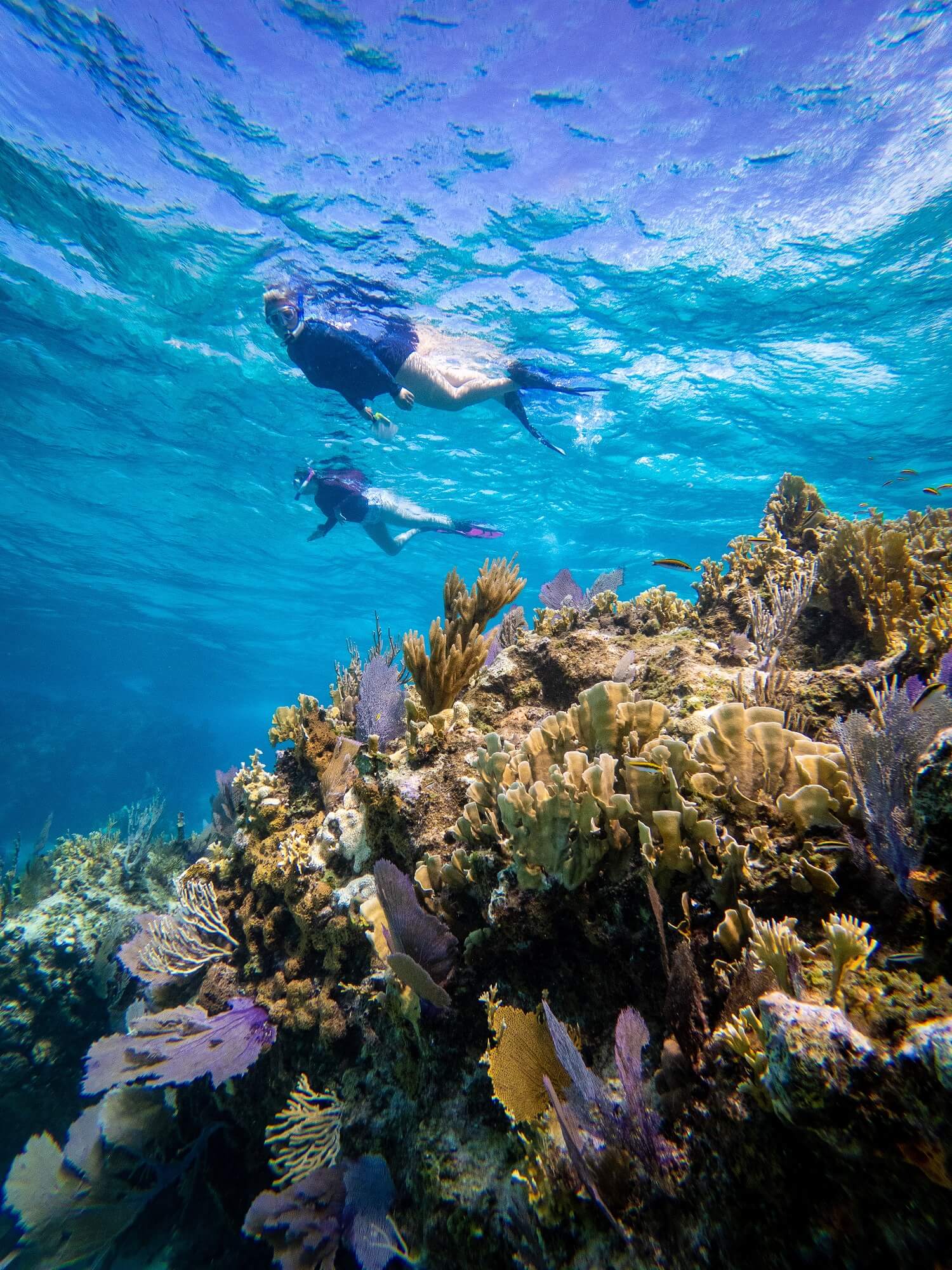
Photo courtesy of John DeBuysser
Related Posts
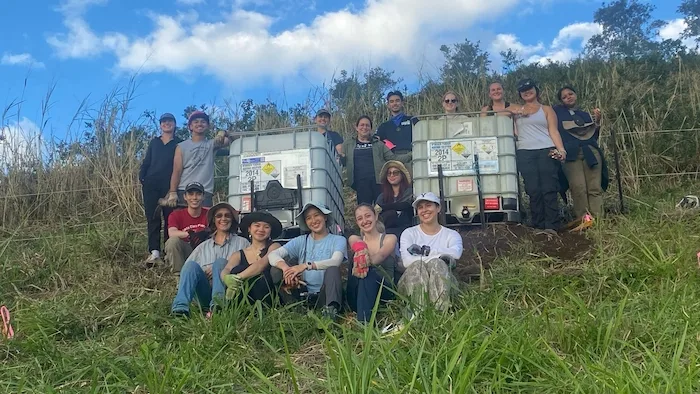
Restoration on a Cinder Cone: A Syntropic Story
